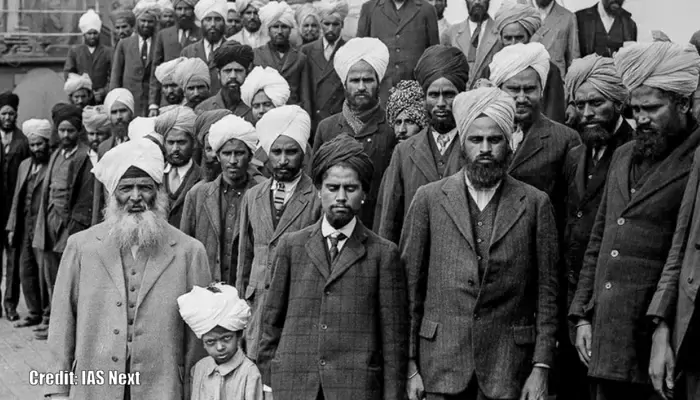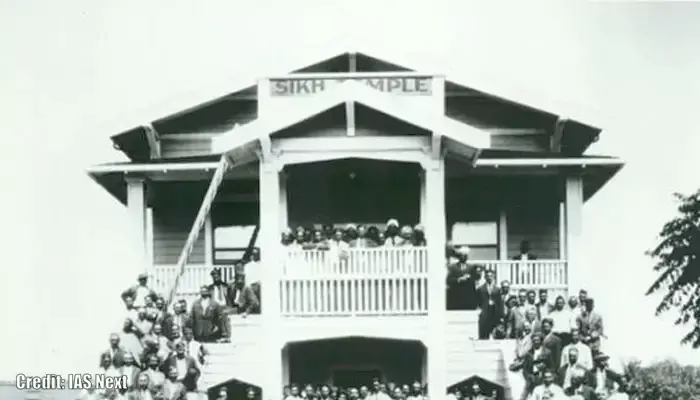
Long before India raised its own flag, a band of revolutionaries in San Francisco unfurled one on a hilltop, and set history in motion.
Not all revolutions begin with gunfire or in crowded town squares. Some start in the silence of exile, in printing rooms crowded with ink and ambition. On a fog-covered hilltop in San Francisco, far from Punjab’s villages and Delhi’s corridors of power, a group of Indian immigrants raised a red, yellow, and green flag in November 1913. It wasn’t just fabric. It was a declaration.
The Ghadar Party, as they called themselves, was formed not through political spectacle but out of lived injustice. Their movement was shaped by humiliation, ignited by racism, and driven by a desire to reclaim dignity. At the centre of their uprising was a simple newspaper… and a stubborn dream.
The Ghadar newspaper was their chosen weapon. It launched on November 1, 1913, with a fierce editorial that offered no apology and sought no permission. The paper didn’t merely inform, rather it incited. It reached thousands across the globe in Gurmukhi and Urdu, carried in trunks, stitched into clothing, hidden in letters. From California to Cairo, it travelled — dodging censors, defying bans, and igniting minds.
By mid-1914, the Ghadar had found its way into the hands of people from Hong Kong to Johannesburg. Despite the British Empire’s best efforts, the circulation of its ideas couldn’t be stopped. Even when the paper itself was banned in India, its words resurfaced in handwritten excerpts and whispered retellings. Information became insurgency.

Most Ghadarites were Sikh Punjabi men, many of whom were ex-soldiers of the British Indian Army who had once fought under the Union Jack. Alongside them stood Bengali and Punjabi intellectuals, students, and labourers.
Although divided by language and religion, they found common ground in exile. They had experienced the bitter consequences of colonialism not only in India but abroad, through discrimination, racism, and economic exploitation in North America.
Their struggle was not only for India’s freedom. It was for their own humanity. In their minds, freedom abroad and independence at home were one and the same.

When the First World War broke out in 1914, the Ghadar Party saw its opportunity. Britain’s attention had shifted to the Western Front. Indian troops were being sent to fight in Europe’s war. The Ghadarites urged their comrades to return to India — nearly 8,000 answered. Arms were collected, cantonments targeted, and February 21, 1915, was chosen as the day for a mass revolt.
However, the Empire acted first. British intelligence intercepted the plans. Hundreds were arrested before they even set foot on Indian soil. The planned uprising never materialised.
Despite their passion, the Ghadarites misunderstood the mood back home. India wasn’t ready. Many nationalist leaders and religious heads condemned the movement. The Indian National Congress, still following a moderate approach, distanced itself from what it considered reckless adventurism. The Ghadarites’ call for armed rebellion fell on unprepared ears.
In retrospect, the failure was not in the ideals but in the timing.
The Ghadar Party’s flame may have flickered, but it never quite extinguished. Their newspaper carved out a distinctive chapter in India’s fight for independence—one that unfolded across oceans, in factory dormitories and migrant canteens, with every copy smuggled like contraband truth.
Their story reminds us that rebellion is not always born in epic battles or grand speeches. Sometimes, it begins in exile, with a printing press and a conviction too firm to be silenced.